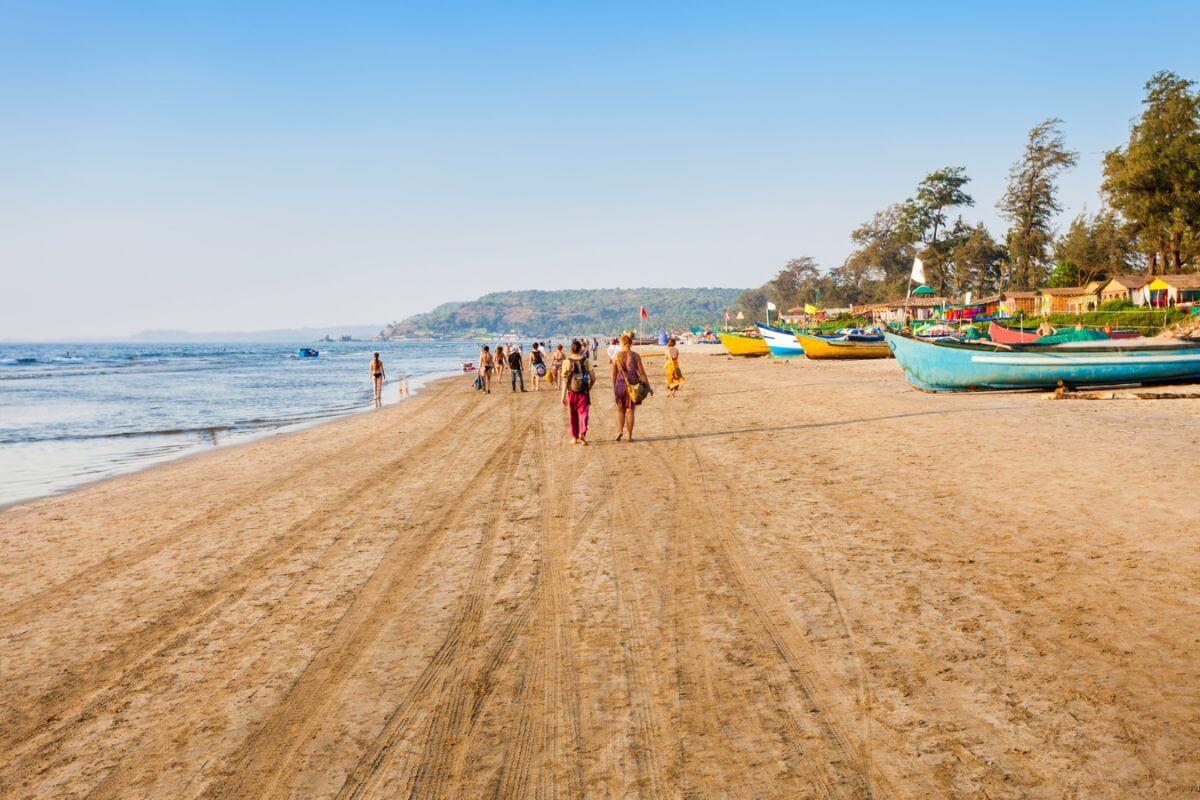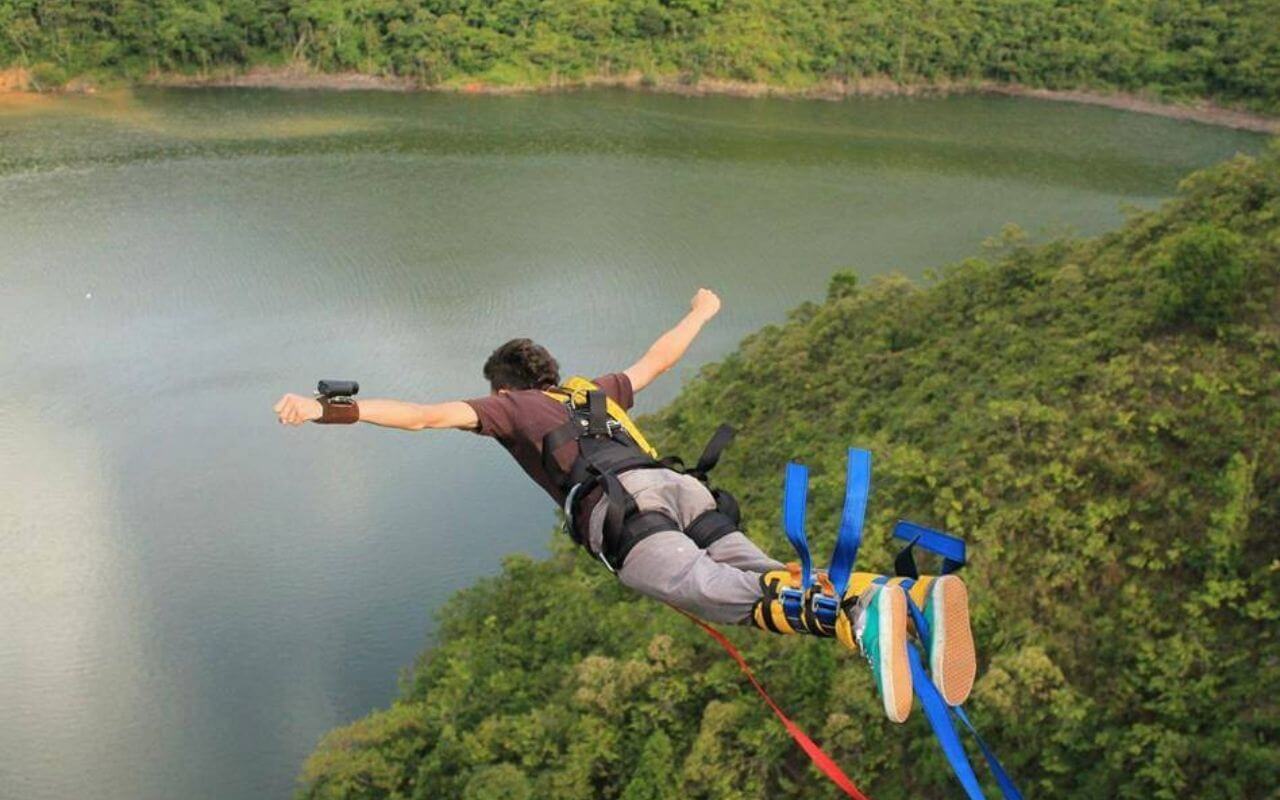The low scale tourism activities and isolated beaches have been a blessing for the Olive Ridley turtles in Goa this . Within the first two months of the new year, 1529 turtle eggs have already been preserved by the forest department at Agonda beach.
The Oliver Ridley Turtle is a small sea turtle species, where an adult one grows to approximately 60 to 70 cm carapace in length. The shell or carapace, is usually heart shaped . Considered as the smallest in size and most abundant sea turtle in the world, Olive Ridley turtles have decreased in large numbers over the past years because of their few remaining nesting sites in the world. It is recognized as vulnerable by the IUCN Red list.
One female lays 80 to 120 eggs, sometimes even twice in a season, to increase the hatchlings’ survival rate. Their behaviour of synchronised nesting in mass numbers is known as “arribadas” and females return to the same beach throughout their lifetime where they first hatched, to lay eggs.
In Goa, the most famous nesting site is, of course, the Galgibaga Beach in the South along with Agonda Beach. Plus the Morjim, Mandrem and Ashvem Beaches in the north. Nesting season usually starts in the month of September though in the recent past it has now shifted to January and ends by about March or April. This change in the start of the nesting season is attributed to climate change. Even tourist inflows and noisy surroundings are affecting and endangering this species, so a lot of times the eggs are shifted by the forest department to the Interpretation Centre so that they are protected during the incubation period.
This year’s first turtle nest was preserved on January 07th , when an Olive Ridley turtle laid 127 eggs. With this great start, over the next month 13 turtles have laid eggs at the Agonda beach. The total number of egg pits in Agonda beach now stands at 13. In contrast there have been only two turtle nestings at Galgibaga with only 247 eggs been preserved in the hatchery there.
Range forest officer Vikramaditya Goankar said that it is good to see turtles preferring Agonda beach over Galgibaga beach and he hopes more Olive Ridley turtles will visit the beach to lay eggs during the remaining three months of this year’s nesting season.
It is believed that conservation for turtle nesting began in Goa as recently as the late nineties when the forest department joined forces with the locals. Nesting pits were created and locals were employed to keep watch around the clock to stop people stealing eggs or stray dogs from trying to eat them. ‘No-development zones’ were put in place on the beaches by local authorities along with stricter regulations relating to the building of beach structures. The north side of Galgibag Beach, for example, was made a ‘completely protected turtle zone’ meaning no developments or structures are allowed to be built.



























